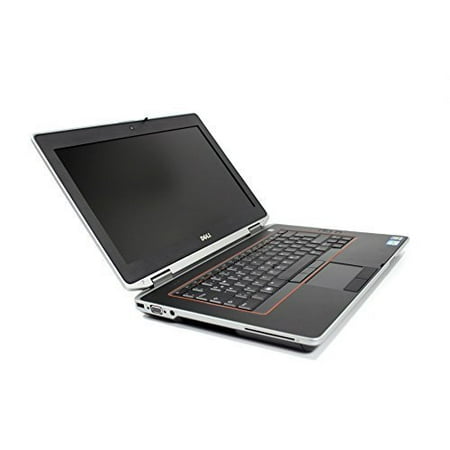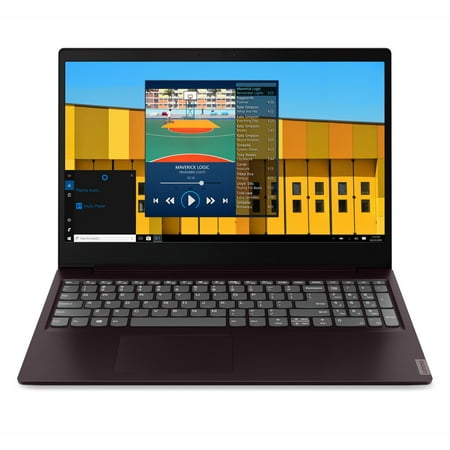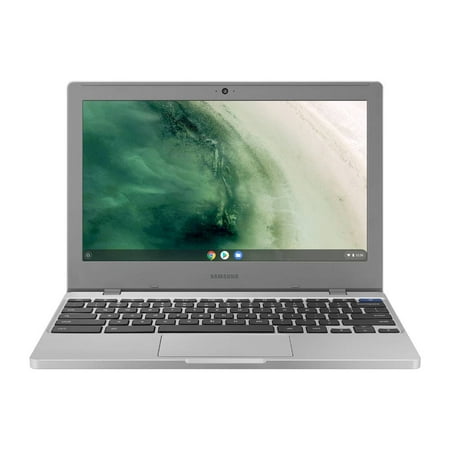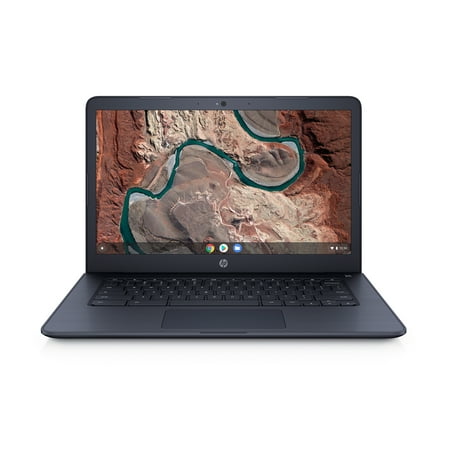Lenovo Ideapad 3 15 Laptop, 15.6″, AMD Ryzen 5 5500U, 8GB RAM, 256GB SSD, Abyss Blue, Windows 11 Home, 82KU00YUUS
Windows 11. AMD Ryzen 5 5500U Hexa Core Processor. 15.6″ FHD Display. 8GB DDR4 3200MHz RAM (4GB OnBoard + 4 GB DIMM). 256GB 2242 m.2 NVMe SSD Storage. Integrated AMD Radeon 7 Graphics.
Ideapad 3 15″ Tailor Your Performance. Engineered for long-lasting performance, the Lenovo™ IdeaPad™ 3 delivers powerful performance with the latest AMD Mobile Processors with AMD Radeon™ Graphics, in a laptop that’s perfect for your everyday tasks, with features that you can depend on. Dolby Audio™ delivers crystal-clear sound whether you’re watching a video, streaming music, or video-chatting, you’re sure to love what you hear on the IdeaPad 3.
- Operating system: Windows 11
- Processor: AMD Ryzen 5 5500U Hexa Core Processor
- Display: 15.6″ FHD Display
- Memory: 8GB DDR4 3200MHz RAM (4GB OnBoard + 4 GB DIMM)
- Internal storage: 256GB 2242 m.2 NVMe SSD Storage
- Graphics: Integrated AMD Radeon 7 Graphics
- Optical Drive: None
- Battery Life: Up to 12 Hours
- Audio: 2 x 1.5W Speakers with Dolby Audio
- Wireless: 2 x 2 802.11AC Wi-Fi and Bluetooth 5.0 Combo
- Webcam: 720P Camera with Privacy Shutter and Dual Array
- Microphones
- Product weight: 3.74 lbs
- Color: Abyss Blue






Reviews
There are no reviews yet.